Quebracho Wood
Quebracho Wood Natural Dye contains finely ground heartwood from Schinopsis balansae, a hardwood native to Argentina and Brazil. Exceptionally rich in natural tannins, Quebracho Wood bonds easily to fibers—with or without a metal mordant.
It creates warm tan and sandstone hues on all natural fibers, including cotton. You can also use it as a tannic pre treatment to help cotton absorb mordants more effectively.
We source our Quebracho Wood from responsibly harvested South American timber and have it ground to a fine powder in India. For rich, warm tones, use at 25% weight of fabric (WOF).
Background on Quebracho Wood
The term “quebracho” combines two Spanish words quebrar (to break) and hacha (axe) to mean “axe-breaker.” Several species of South American hardwoods go by the name quebracho, most of them growing in Argentina, Paraguay, and Brazil. Among them, Schinopsis balansae also known as quebracho moreno or “dark quebracho” is the most commonly used for natural dyeing.
This wood is exceptionally dense and durable. In Argentina, builders use it for telephone poles, railway ties, and bridge supports. Rich in natural tannins, ground Schinopsis balansae has also played a key role in the local leather-tanning industry.
Quebracho produces warm tan and sandstone shades on all natural fibers, including cotton. It’s easy to use—just simmer the ground wood with the fiber—and it delivers excellent lightfastness. We source our quebracho wood from South American timber and have it ground to a fine powder in India.
Safety Precautions for Quebracho Wood
- Do not ingest. Use this product only for textile dyeing—not as an herbal supplement.
- Open the container carefully to prevent spills or dust clouds.
- Avoid eye contact. If the powder gets into your eyes, rinse immediately with cool water.
- Do not use this product in cosmetics or apply it directly to skin or hair.
- If you spill the powder, wipe it up right away with a paper towel or disposable rag.
- Use only dye pots and utensils that you’ve set aside specifically for dyeing. Never use tools or containers meant for food preparation.
- Keep Quebracho Wood powder, dye baths, and mordant solutions out of reach of children and pets. Always supervise dyeing projects with adult oversight.
- naturaldye.us assumes no responsibility for misuse of this product or for any unintended staining of your clothing, workspace, or belongings. Follow all instructions carefully.
Recommended Supplies for Quebracho Wood
Dye Pot. Choose a dye pot large enough to hold all your fibers, allowing plenty of room for movement and circulation. This ensures even dyeing.
Metal Tongs. Use a dedicated pair of tongs for stirring and lifting fibers from the dye bath. Never use these tools for food preparation.
Rubber Gloves. Wear rubber gloves whenever handling mordanted or freshly dyed fibers before rinsing.
Candy Thermometer. Clip a candy thermometer to the side of your dye pot to monitor and maintain the correct temperature throughout the dyeing process.
Scale. Weigh your fiber, dyestuff, and mordants accurately using a reliable scale.
Alum Mordant. Use aluminum potassium sulfate (potash alum), the same kind sold in grocery store spice aisles, for mordanting.
Mordanting with Alum (Optional)
Quebracho Wood naturally contains tannins and will dye natural fibers without a metal mordant. However, adding alum can deepen the color and improve lightfastness. For best results, soak your fibers in water for a few hours before mordanting to help the mordant absorb evenly. Weigh the fibers while dry before beginning.
For Protein Fibers (Wool, Silk, Alpaca, etc.)
Mordant with 12% alum (based on weight of fabric).
-
Weigh your dry fibers. Multiply that number by 0.12 to calculate the amount of alum needed.
-
Fill your dye pot with hot tap water, leaving enough space for the fibers.
-
Add the measured alum and stir with a spoon or tongs until fully dissolved.
-
Submerge the pre-soaked fibers in the mordant bath.
-
Heat the bath to 180°F and maintain that temperature for 1 hour. Without a thermometer, watch for steam—no bubbling. Lower the heat if it begins to simmer.
-
Stir the fibers gently every 15–20 minutes for even mordanting.
-
After an hour, remove the pot from heat and allow it to cool to room temperature.
-
When ready to rinse, wear gloves. Squeeze out excess mordant solution and rinse fibers briefly in lukewarm water.
-
Set the fibers aside until ready to dye. Keep them away from children and pets.
-
Dispose of the mordant bath according to your local environmental guidelines.
For Cellulose Fibers (Cotton, Linen, etc.)
Scour the fabric and apply a tannin treatment before mordanting. Quebracho Wood doesn’t require a special pre-treatment when used to dye cotton—it often is the pre-treatment.
However, if you want to use it as a dye and still achieve deep, rich colors on cellulose fibers, follow this process:
Scour the Fabric:
-
Fill a 5-gallon dye pot with water.
-
Add 2 teaspoons of soda ash and 1 drop of dish soap.
-
Add your cellulose fibers and heat to 180°F–190°F for an hour, stirring occasionally.
-
Remove from heat. Once cool enough to handle, rinse and wring out thoroughly.
-
Alternatively, wash the fabric in a hot cycle using a high-pH detergent like Tide® for a quicker, less intensive scour.
Apply a Tannin Treatment:
-
Use Quebracho Wood powder at 5% WOF (or substitute with Myrobalan or Sumac Extract).
-
Dissolve the tannin in hot water in your dye pot.
-
Simmer the scoured fibers in the tannin bath for 1 hour.
-
Let the fibers steep overnight for best results.
-
Remove and squeeze out excess liquid.
Mordant the Fabric:
-
Use the same alum mordant process described above for protein fibers.
-
Some dyers add 1% soda ash to the mordant bath to neutralize pH for cellulose fibers.
Recipe: Sandstone
To create a warm sandstone hue on natural fibers, use Quebracho Wood powder at 25% of the fabric’s dry weight (WOF). Some dyers like to add a small amount of alkali to the dyebath to shift the color from yellow-browns toward red-browns.
Thanks to its high tannin content, Quebracho Wood dyes cotton beautifully and can also serve as a tannic pre-treatment. If using it as a pre-treatment, follow the same method but use only 5% WOF.
Instructions
- Fill your dye pot mostly full with warm water.
- Weigh out Quebracho Wood powder at 25% of your fabric’s dry weight. Sprinkle the powder into the dye bath and stir thoroughly to dissolve.
- Add your pre-soaked and pre-mordanted fibers to the dye bath.
- Heat the bath to 180°F for wool and cotton, or 160°F for silk. Maintain the temperature for 2 hours, stirring occasionally to ensure even dyeing.
- After 2 hours, remove the pot from heat and allow it to cool to room temperature.
- Once the bath has cooled, remove the fibers and rinse them briefly in lukewarm water. You may choose to proceed directly to washing with detergent or hang the fibers to dry first. Allowing the fabric to dry before washing can help the color set.
- For final rinsing, use a pH-neutral detergent such as Synthrapol, following the manufacturer’s instructions. Thorough rinsing is important, as Quebracho Wood may continue to bleed if not fully washed out.
- Hang the dyed fibers to dry completely, keeping them out of direct sunlight.
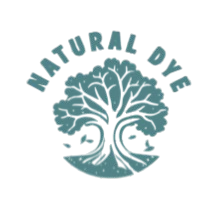
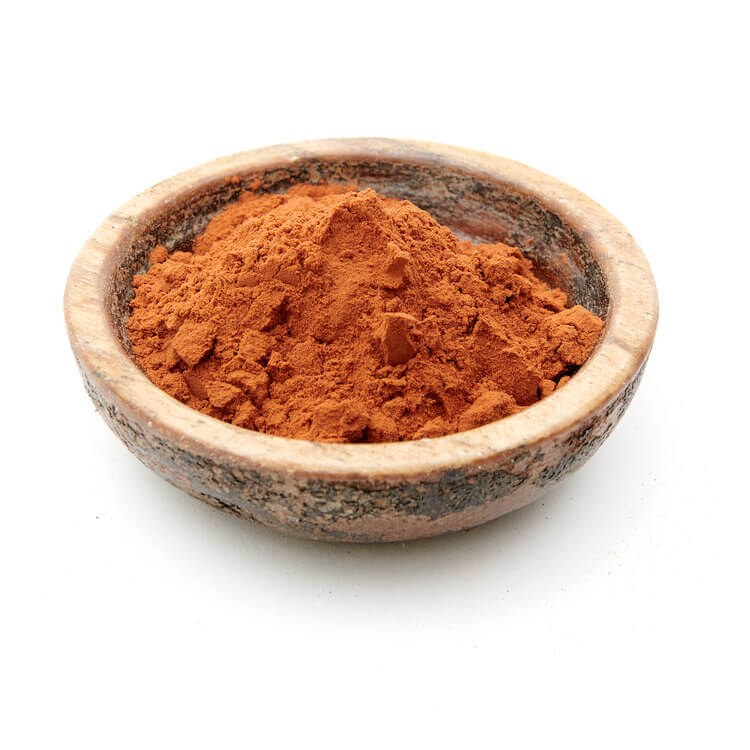
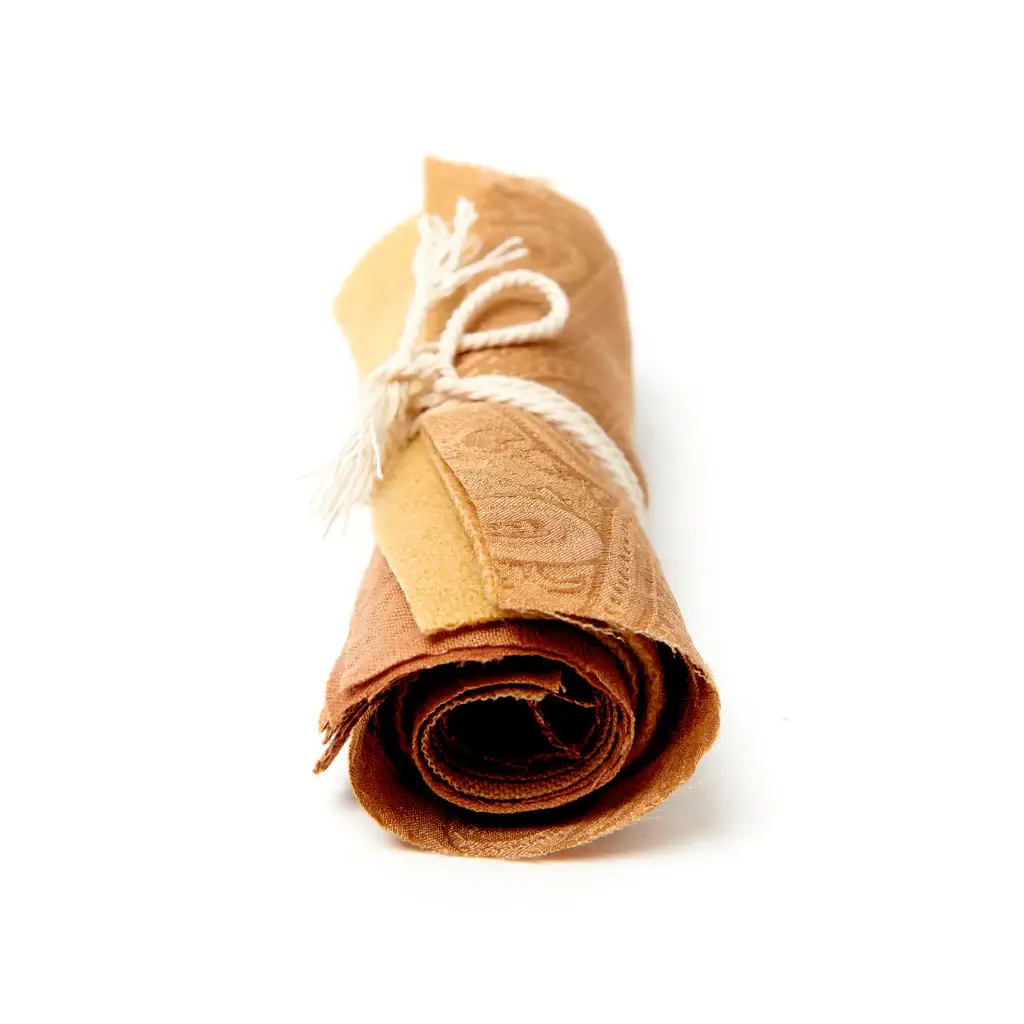
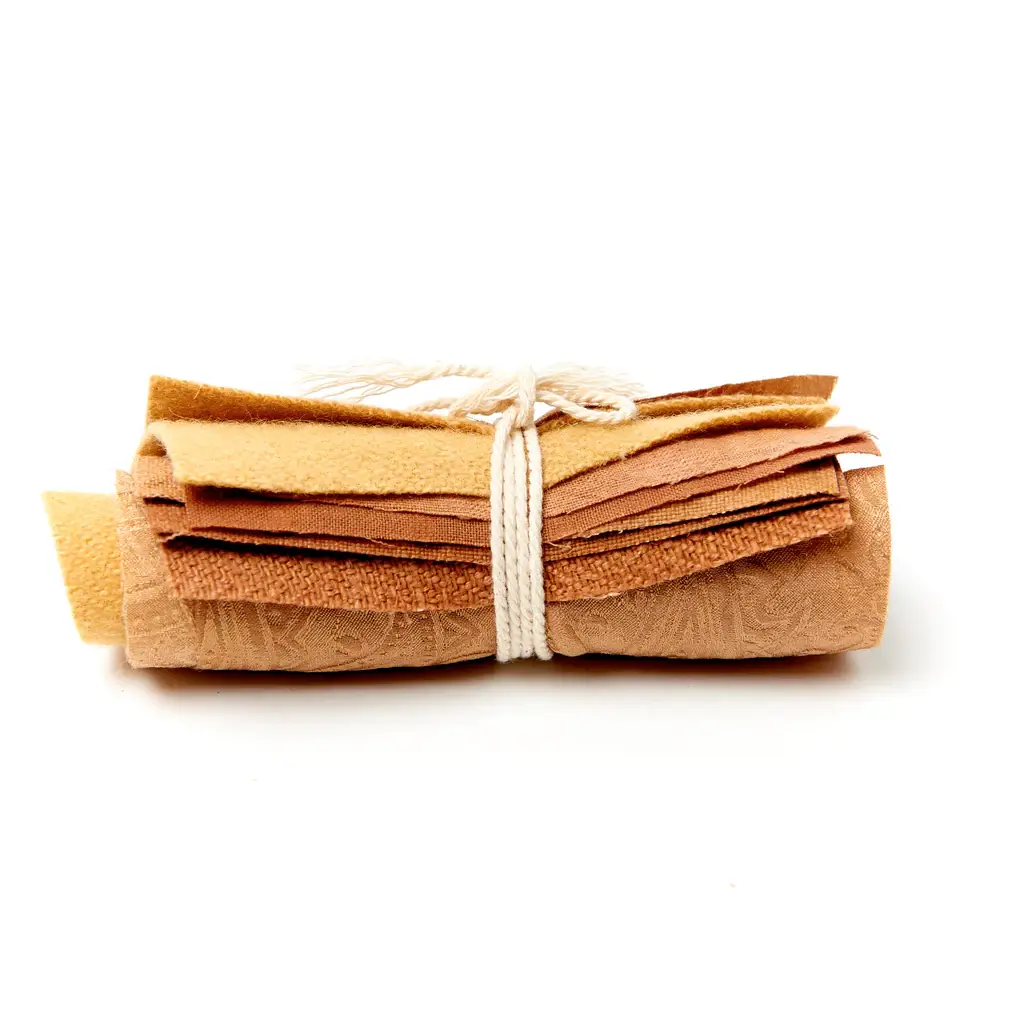

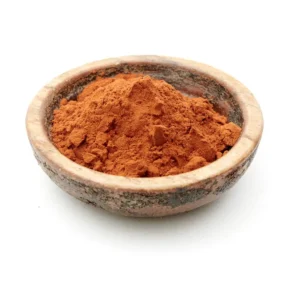
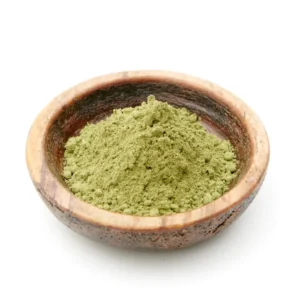
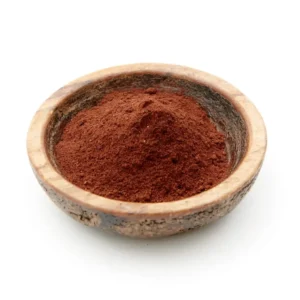
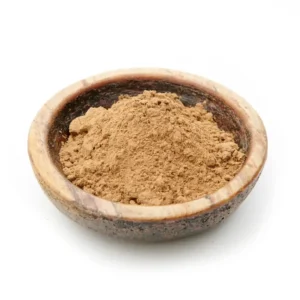

Reviews
There are no reviews yet.